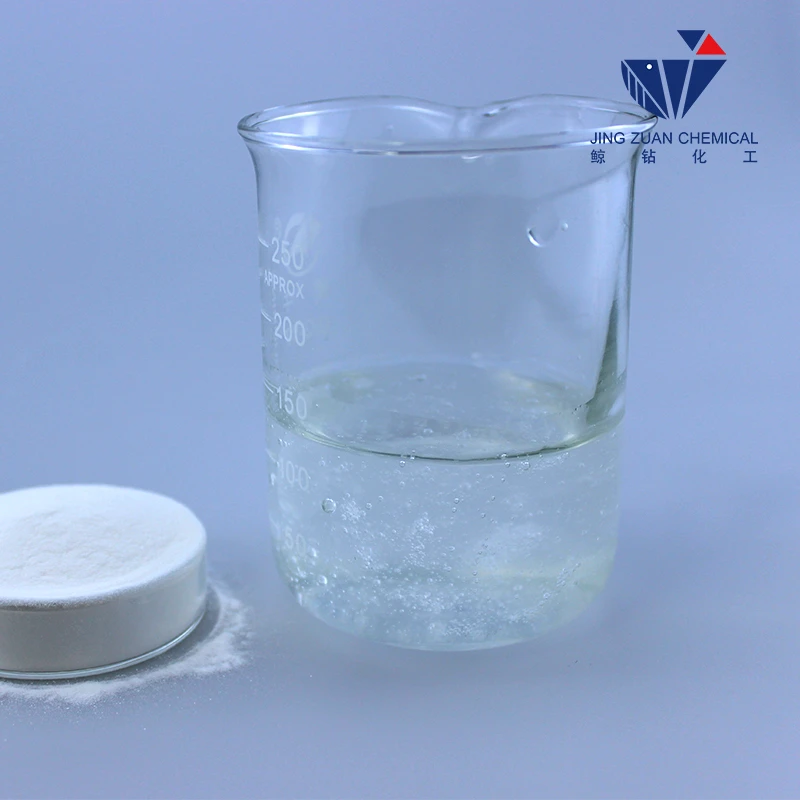
ነሐሴ . 27, 2024 16:58 Back to list
hpmc structure
Understanding the HPMC Structure A Comprehensive Overview
Hydroxypropyl methylcellulose (HPMC) is a versatile and widely used polymer in various industries, most notably in pharmaceuticals, food, and cosmetics. Its unique structure and properties make it an essential ingredient in many formulations. Understanding the structure of HPMC helps us appreciate its diverse applications and functionality.
HPMC is a cellulose derivative, which is derived from natural cellulose. The process involves the substitution of hydroxyl groups in cellulose with hydroxypropyl and methoxy groups, resulting in a polymer that is soluble in cold water and forms a gel when heated. This modification enhances the polymer's solubility and allows for better control over its viscosity, thermal stability, and film-forming capabilities.
Understanding the HPMC Structure A Comprehensive Overview
One of the remarkable features of HPMC is its amphiphilic nature, which means it has both hydrophilic (water-attracting) and hydrophobic (water-repelling) regions within its structure. This property is pivotal, as it allows HPMC to interact well with both water and organic solvents. The balance between hydrophilic and hydrophobic interactions can be tailored by adjusting the ratios of hydroxypropyl and methoxy groups during the preparation process, enabling formulators to develop products with specific characteristics.
hpmc structure

In pharmaceutical applications, HPMC serves a multitude of purposes, including acting as a binder, coating agent, and controlled-release agent in tablet formulations. The viscosity of HPMC solutions makes it an excellent thickening agent, which is particularly beneficial in the development of suspensions and emulsions. Moreover, its ability to form a film is essential in developing sustained-release dosage forms, ensuring that active ingredients are released over an extended period, enhancing bioavailability.
In the food industry, HPMC is used as a food additive for thickening, emulsifying, and stabilizing various products. Its unique texture and mouthfeel properties make it an ideal choice for gluten-free formulations and low-fat products, where it mimics the texture provided by gluten.
The cosmetic industry also benefits significantly from HPMC due to its film-forming and thickening properties. It is commonly found in a variety of cosmetic and personal care products, including creams, lotions, and gels, providing a desirable texture and moisturizing properties.
In conclusion, the chemical structure of HPMC plays a fundamental role in its functionality across various fields. Its unique properties, derived from its structure, allow it to serve multiple purposes, making it an invaluable ingredient in pharmaceuticals, food products, and cosmetics. As research continues to explore new modifications and applications, HPMC is poised to remain at the forefront of material science and formulation technology.
-
Why HPMC is a Key Additive in Wall Putty Formulations
NewsAug.05,2025
-
Redispersible Powder in Decorative Renders: Function Meets Finish
NewsAug.05,2025
-
Redispersible Powder for Interior Wall Putty: Smooth Results Every Time
NewsAug.05,2025
-
HPMC’s Water Retention Capacity in Dry Mortar Applications
NewsAug.05,2025
-
HPMC Factory Contributions to Liquid Detergents
NewsAug.05,2025
-
How HPMC Factory Products Change Detergent Textures
NewsAug.05,2025







